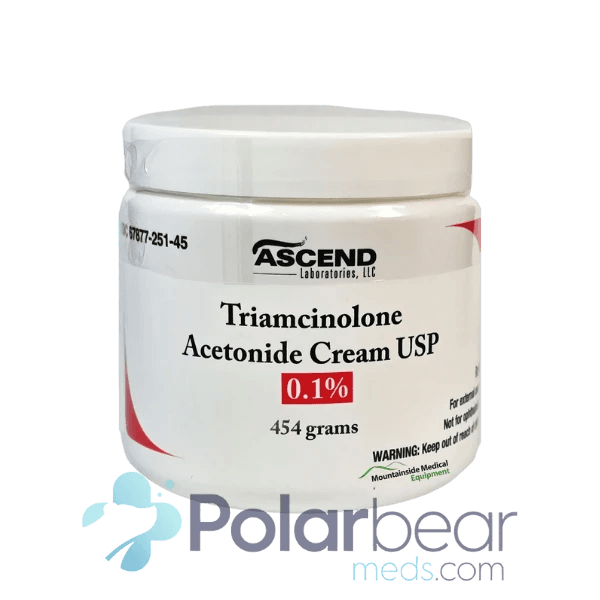Search for 'Ozempic'

Ordering your medication online is simple and convenient.


Read what our customers have to say about their shopping experience.

We offer competitive pricing on all our medications. We'll match if you find a lower price on an identical product at a verified Canadian online pharmacy!
Note: We do not currently price match Ozempic® or Saxenda®, but this policy may change in the future.
Need help? Call our friendly support team at 1-888-779-2193 or fill out the Contact Form